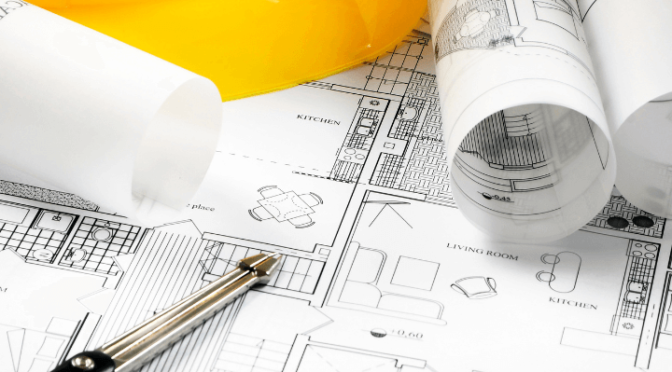Embarking on a construction or renovation project is a significant undertaking that demands expertise, precision, and a keen eye for design. When considering such ventures, partnering with an architecture firm can be a game-changer. In this exploration, we’ll delve into the intricacies of working with an architecture firm, shedding light on the collaborative process and the myriad benefits it offers.
- Defining Your Vision: The first step in any successful collaboration with an architecture firm is articulating your vision. Clearly outline your goals, aesthetic preferences, and functional requirements. This initial phase sets the foundation for a shared understanding between you and the architects, ensuring that their designs align seamlessly with your aspirations.
- Expertise and Specialization: Architecture firms often consist of diverse teams with various specialties. Whether you’re envisioning a contemporary residence, a commercial space, or a historic restoration, seek out a firm with expertise in the specific area relevant to your project. Specialized knowledge ensures that your architects can navigate the unique challenges associated with your vision.
- The Collaborative Design Process: One of the key advantages of working with an architecture firm is the collaborative design process. Architects will engage with you to develop concepts, refine ideas, and create detailed plans. Regular meetings and open communication foster a dynamic exchange of ideas, allowing for adjustments and enhancements throughout the design phase.
- Budgeting and Project Management: A reputable architecture firm will not only design your project but also assist in budgeting and project management. From estimating costs to recommending materials, their expertise can be invaluable in keeping your project on track financially. Moreover, architects can liaise with contractors and oversee the construction phase, ensuring that the design vision is translated accurately into the built environment.
- Navigating Regulations and Permits: The regulatory landscape in construction and architecture can be complex. Architecture firms are well-versed in local building codes, zoning regulations, and permit requirements. Their experience can help streamline the approval process, avoiding potential delays and ensuring your project complies with all necessary guidelines.
- Incorporating Sustainable Design: As sustainability becomes an increasingly critical consideration in construction, many architecture firms integrate eco-friendly practices into their designs. Working with a firm that prioritizes sustainable architecture not only aligns your project with environmental consciousness but can also result in long-term cost savings through energy-efficient design and materials.
- Technology and Visualization: Modern architecture firms leverage cutting-edge technology to bring designs to life before construction begins. Virtual reality, 3D modeling, and other visualization tools allow you to explore your project in detail, making informed decisions about the final design. This technological integration enhances transparency and ensures that you have a clear understanding of the proposed outcome.
- Post-Occupancy Support: A noteworthy aspect of working with an architecture firm extends beyond the completion of construction. Some firms offer post-occupancy support, addressing any issues that may arise after you’ve moved into your new space. This commitment to client satisfaction underscores the long-term relationship between client and architect.
Collaborating with an architecture firm is a journey of shared vision, creative exploration, and meticulous execution. By defining your goals, selecting a specialized firm, embracing a collaborative design process, and leveraging the expertise of architects in budgeting, project management, and sustainable design, you position yourself for a successful and rewarding construction experience. As the architectural landscape continues to evolve, the partnership between clients and architecture firms remains a cornerstone in the creation of spaces that inspire, endure, and reflect the unique narratives of those who inhabit them.
